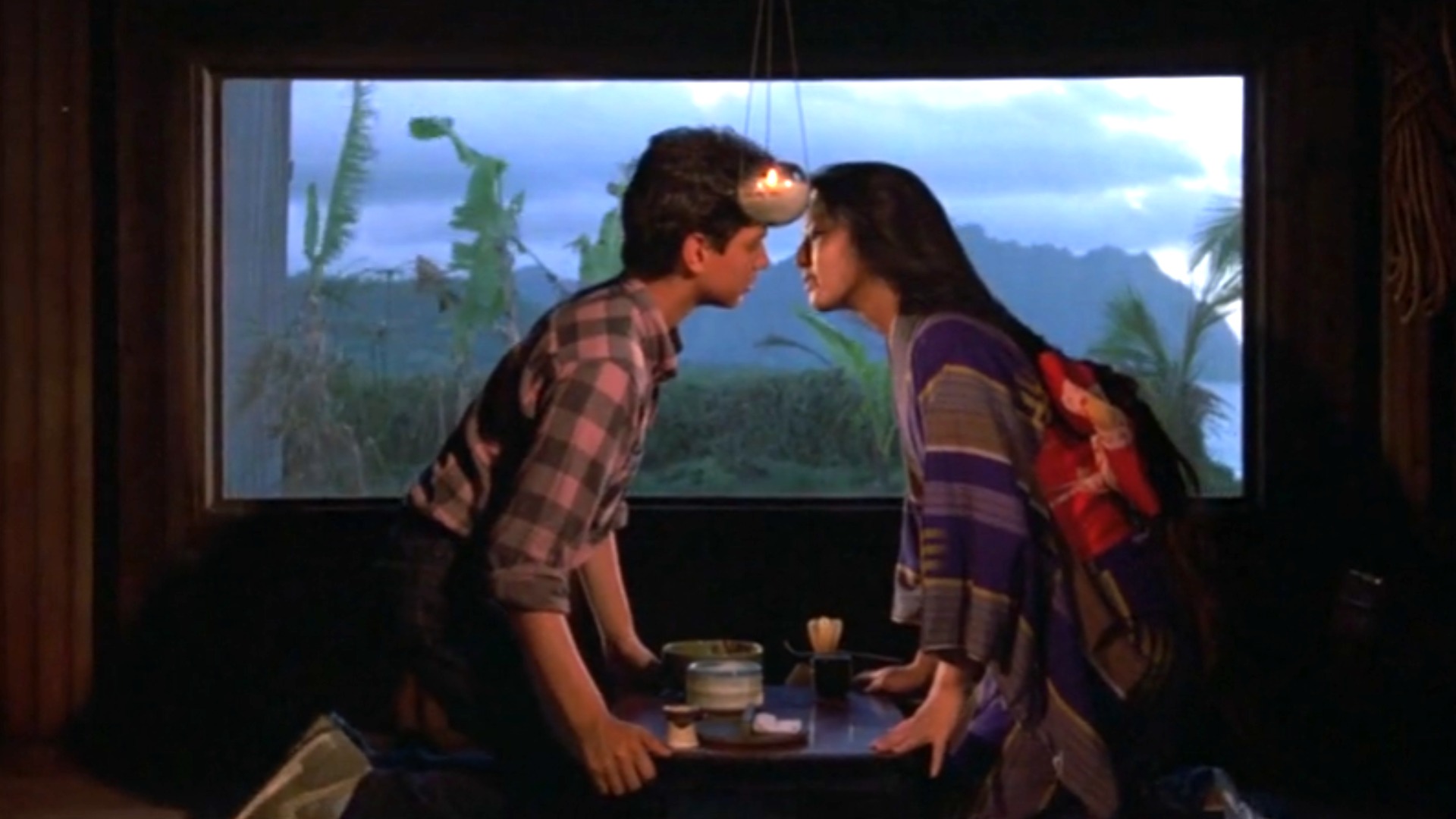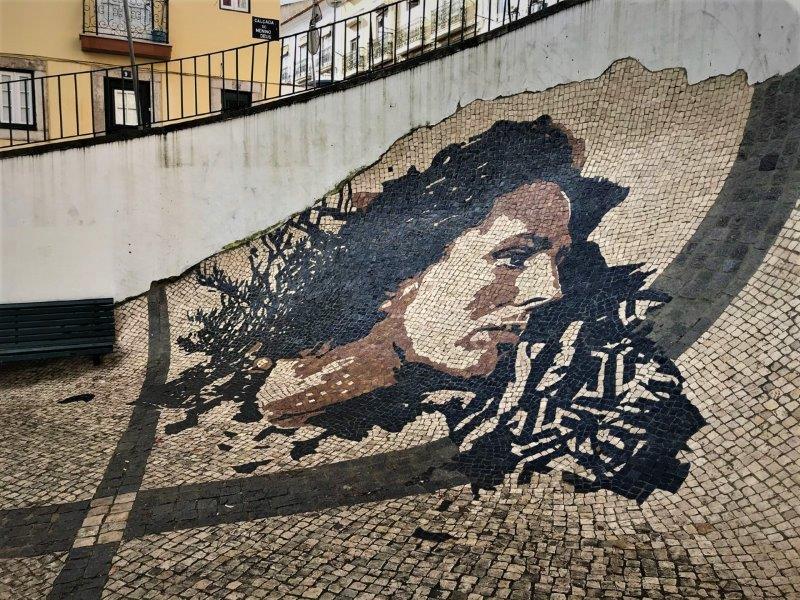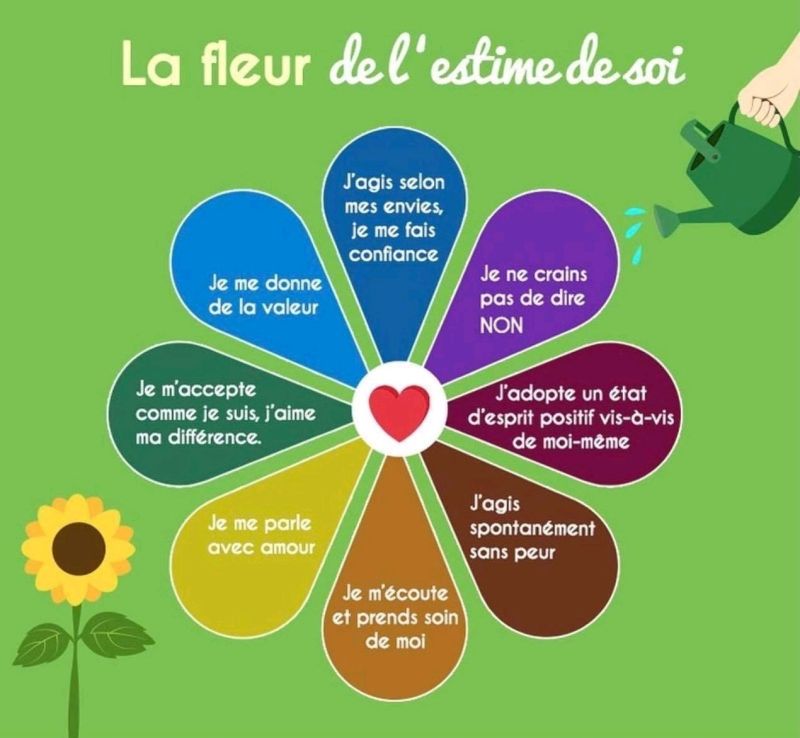The Karate Kid Part II: Exploring Okinawa And Its Cultural Influences

Table of Contents
Okinawa's Rich History and its Impact on the Film
Okinawa's unique history as the independent Ryukyu Kingdom, existing for centuries before its annexation by Japan in 1879, profoundly shaped its distinct cultural identity. This history is subtly but powerfully woven into the narrative of The Karate Kid Part II. The film's portrayal of a traditional Okinawan village, with its close-knit community and emphasis on respect for elders, reflects the enduring influence of the Ryukyu Kingdom's social structures.
- The film's portrayal of Okinawan traditions vs. reality: While the film romanticizes certain aspects, it offers a glimpse into the warmth and hospitality characteristic of Okinawan people. However, it's crucial to remember that the film presents a stylized version of Okinawan life.
- The influence of Okinawan martial arts on the plot: The central conflict revolves around the practice and philosophy of Karate, highlighting its importance in Okinawan culture and its spiritual aspects.
- The depiction of Okinawan family structures and social dynamics: The film beautifully showcases the strong family bonds and community spirit that are integral to Okinawan society.
- How the film's setting adds to the story's emotional depth: The serene beauty of Okinawa's landscapes provides a backdrop that enhances the emotional impact of the story, contrasting the tranquility of nature with the internal conflicts of the characters.
Exploring Okinawan Martial Arts: Beyond Karate
While Karate is prominently featured in The Karate Kid Part II, Okinawa's rich martial arts heritage extends far beyond this single discipline. The island's history of both conflict and peaceful coexistence influenced the development of various fighting styles.
- Te (Okinawan Karate) and its variations: The film showcases a specific style of Karate, but it’s important to know that "Te" encompasses various schools and styles, each with its unique techniques and philosophies.
- Kobudo (Okinawan weapons arts): Kobudo, the study of traditional Okinawan weapons, is another crucial element often overlooked. This involves the skillful use of staffs, sais, tonfa, and other implements, reflecting Okinawa's history and its need for self-defense.
- The spiritual and self-discipline aspects of Okinawan martial arts: Okinawan martial arts are not merely about physical combat; they emphasize self-improvement, discipline, and mental fortitude, aligning with the film's themes of personal growth.
- Comparing the film's portrayal with the reality of Okinawan martial arts training: The film provides a romanticized view of training; actual practice demands rigorous discipline and years of dedicated study.
Okinawan Culture and Traditions Showcased in the Film
The Karate Kid Part II artfully showcases several facets of Okinawan culture, introducing viewers to aspects that might otherwise remain unknown.
- Traditional Okinawan music and dance (e.g., Eisa): The film features glimpses of Eisa, a vibrant and energetic folk dance often performed during festivals.
- Okinawan cuisine and its unique ingredients: The film subtly hints at Okinawan culinary traditions, characterized by fresh seafood and unique ingredients.
- Okinawan clothing and attire: Traditional Okinawan clothing makes appearances, demonstrating the island's distinct sartorial style.
- Traditional Okinawan crafts and artistry: The film's visuals allude to the intricate artistry and craftsmanship prevalent in Okinawan traditions.
- The film's representation of Okinawan festivals and celebrations: While not explicitly shown in detail, the film hints at the importance of community gatherings and festive celebrations in Okinawan life.
The Beauty of Okinawan Nature
Okinawa's stunning natural beauty is a character in itself within the film. The breathtaking beaches, lush forests, and vibrant coral reefs serve as a powerful symbol of the island's serene yet resilient spirit.
- The film's depiction of Okinawan beaches, coral reefs, and forests: The film's visuals capture the pristine beauty of Okinawa's natural landscapes, inspiring viewers to learn more.
- The role of nature in shaping Okinawan culture and traditions: Okinawa's environment has deeply influenced its culture, from its cuisine to its spiritual beliefs.
- Okinawa's biodiversity and its conservation efforts: The film inadvertently highlights the importance of preserving Okinawa's unique ecological heritage.
The Legacy of The Karate Kid Part II on Okinawa Tourism
The Karate Kid Part II played a significant role in introducing Okinawa to a global audience, leaving a lasting impact on its tourism industry.
- Increased tourist interest in Okinawa after the film’s release: The film sparked a surge in tourism, drawing visitors eager to experience the locations featured in the movie.
- Popular filming locations and their current status: Many of the locations are still popular tourist destinations, attracting fans of the film and nature enthusiasts alike.
- The film's contribution to Okinawa's cultural preservation efforts: By showcasing Okinawa's beauty and cultural richness, the film indirectly contributed to promoting awareness and appreciation of the island’s heritage.
Conclusion
The Karate Kid Part II serves as a captivating introduction to Okinawa culture, highlighting its rich history, diverse traditions, and stunning natural beauty. The film's portrayal of Okinawan martial arts, vibrant festivals, and tranquil landscapes ignited a global interest in this unique island. From the spiritual depth of Okinawan Karate to the breathtaking scenery, the film provides a window into a fascinating world. Explore the captivating world of Okinawa culture and its influence on the iconic The Karate Kid Part II. Dive deeper into Okinawan traditions, martial arts, and breathtaking landscapes – experience the magic for yourself! Learn more about Okinawa culture and plan your trip today!

Featured Posts
-
 Kho Lund A Kopira Ronaldovata Proslava Reaktsi Ata Na Portugalskata Vezda
May 23, 2025
Kho Lund A Kopira Ronaldovata Proslava Reaktsi Ata Na Portugalskata Vezda
May 23, 2025 -
 Big Rig Rock Report 3 12 99 5 The Fox Trucking Industry News
May 23, 2025
Big Rig Rock Report 3 12 99 5 The Fox Trucking Industry News
May 23, 2025 -
 Zimbabwe Cricket Triumph Muzarabani And Masakadzas Impressive Performance
May 23, 2025
Zimbabwe Cricket Triumph Muzarabani And Masakadzas Impressive Performance
May 23, 2025 -
 Siren Review A Stellar Cast Elevates This Beachy Thriller
May 23, 2025
Siren Review A Stellar Cast Elevates This Beachy Thriller
May 23, 2025 -
 One More Countdown At Itv After Holly Willoughbys Shocking Exit
May 23, 2025
One More Countdown At Itv After Holly Willoughbys Shocking Exit
May 23, 2025
Latest Posts
-
 Maxine Transformation Construire L Assurance De Soi Pour Demain
May 23, 2025
Maxine Transformation Construire L Assurance De Soi Pour Demain
May 23, 2025 -
 Inside The Hyundai 650 Cargo Ship Operations At The Worlds Largest Auto Plant
May 23, 2025
Inside The Hyundai 650 Cargo Ship Operations At The Worlds Largest Auto Plant
May 23, 2025 -
 Seoul Accident Mortel De Moto Apres Effondrement De Chaussee Photos
May 23, 2025
Seoul Accident Mortel De Moto Apres Effondrement De Chaussee Photos
May 23, 2025 -
 Effondrement De Route A Seoul Un Motard Perd La Vie
May 23, 2025
Effondrement De Route A Seoul Un Motard Perd La Vie
May 23, 2025 -
 Mort D Un Motard A Seoul Suite A Un Effondrement De Chaussee
May 23, 2025
Mort D Un Motard A Seoul Suite A Un Effondrement De Chaussee
May 23, 2025
